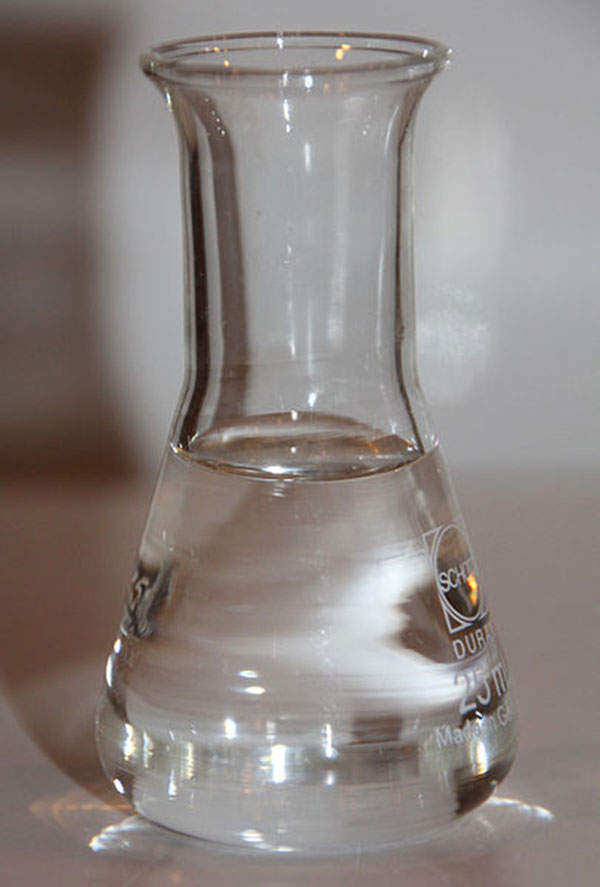Ravicti (glycerol phenylbutyrate) is indicated for the treatment of Urea Cycle Disorders (UCD) in adults and paediatric patients aged two and above. The drug was developed by Hyperion Therapeutics in collaboration with Ucyclyd Pharma.
In February 2013, Hyperion received approval from the Food and Drug Administration (FDA) for Ravicti for the treatment of UCD in patients who are aged two and above.
In March 2012, Hyperion acquired worldwide rights of Ravicti from Ucyclyd Pharma. Ravicti is expected to be launched in the US market in April 2013.
Ravicti faces competition from a similar drug, Buphenyl, developed by Ucyclyd Pharma for the same indication.
Urea cycle disorder
Urea cycle disorder (UCD) is a genetic defect that is caused by a shortage of one of the six enzymes that are responsible for the elimination of ammonia from the blood stream. In the patients suffering from UCD, the nitrogen builds up as ammonia and can result in brain damage, coma and death.
Ravicti’s mechanism of action
Ravicti contains an agent that binds the nitrogen. The drug works by removing the toxic ammonia accumulated in the blood and the brain of the UCD-affected patients. The drug also keeps the ammonia in the body at safe levels throughout the day and night. The drug is available in liquid form, which can be administered orally.
Clinical trials on Ravicti (glycol phenylbutyrate)
The FDA approval of Ravicti for adults and paediatrics was based on a number of clinical studies.
The FDA approval for adults was based on a randomised, double blind, non-inferiority and active controlled clinical study. The study enrolled over 45 patients with UCD who were treated with sodium phenylbutyrate before the enrolment. The study was designed to compare Ravicti with sodium phenylbutyrate. The primary endpoint of the study was establishment of non-inferiority in the 24-hour AUC (a measure of exposure to ammonia over 24 hours).
The patients were randomly treated with Ravicti and sodium phenylbutyrate for two weeks each. The drugs were administered in similar doses and three times a day with meals. A total of 44 patients were evaluated for analysis at the end of the study.
The study’s results demonstrated that the patients treated with Ravicti were non-inferior to sodium phenylbutyrate administered patients with respect to the 24-hour AUC for ammonia. The results also showed that the mean 24-hour AUCs during steady-state dosing was 866µmol/L an hour in the Ravicti arm where as it was 977µmol/L an hour in sodium phenylbutyrate arm.
Another open label clinical study was conducted on Ravicti for the treatment of adult patients with UCD. It was a 12-month uncontrolled study which assessed monthly ammonia control and hyperammonemic crisis. The study enrolled over 51 adult patients. The venous ammonia levels in patients were observed on monthly basis.
The results of the study demonstrated that the patients who were treated with Ravicti showed normal limits in mean fasting venous ammonia values in the long term.
The FDA approval for Ravicti in paediatrics was based on two open label studies. The studies enrolled UCD patients aged between 2 and 17 years. The studies enrolled a total of 26 patients. The patients were administered with similar dose of Ravicti and sodium phenylbutyrate. After the completion of treatment the patients were observed for venous ammonia measurements, and blood and urine PK assessments.
The results of the study showed that the 24-hour AUC for ammonia in the Ravicti arm was 604µmol-h/L where as in sodium phenylbutyrate arm it was 815µmol-h/L.
Two more clinical studies were conducted on Ravicti for 12 months. They were open label and uncontrolled studies. The studies assessed monthly ammonia control and hyperammonemic crisis.
The results of the two studies showed that the mean fasting venous ammonia values were within normal limits in Ravicti administered patients.






